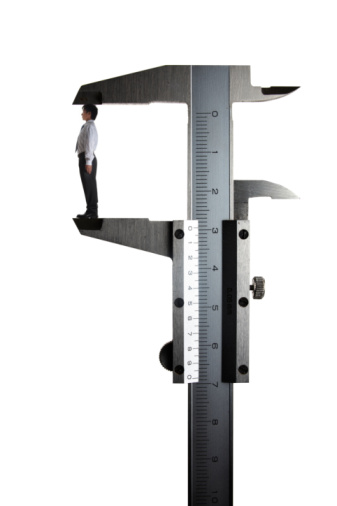How to Convert Between Units of Measurement
Instructions
-
1
Comprehend conversion factors
Any number multiplied by 1 will stay the same under all circumstances except if the other number is zero. For example, 36 multiply by 1 equals 36. On the other hand, when a fraction has the same top number and bottom number, that fraction equals 1 as well. Therefore, if a number is multiplied by a fraction that simplifies as 1, the number stays the same like 36 multiplied by 5/5.
Moreover, if a measurement is multiplied by a special fraction equalling 1, you can simply change the unit and stick with the same value. These fractions are known as conversion factors. It is important to note that all conversions between English and metric units are estimates, and they are related. When you get to know how units of measurement work, you can decide which fractions to use to change units of measurement. -
2
Cancelling units of measurement
If you are multiplying fractions, you can simplify any factor that comes in both the top number and bottom number. It is the exact same when you are dealing with numbers. You just have to cancel out units of measurement in fractions like if you want to calculate the fraction 6 gallons/2 gallons.
You are aware that you have to cancel out the factor of 2 in both numerator and denominator, but you will have to eliminate the unit gallons in the fractions as well and will simplify to just 3. -
3
Change the units
When you get to know how to simplify units in fractions and how to work with fractions that equals to 1, you can easily convert units of measurement. For example if you need to convert 7 meters into feet. It is given that 1 meter approximately equals 3.26 feet, you can further make a fraction to solve it (1 meter/3.26 feet = 1 or 3.26 feet/1 meter = 1).
After that you can multiply 7 meters by any of these fractions. Also make sure to cancel out the meters unit. You will get the answer 22.82 by solving this and the unit will be feet.





